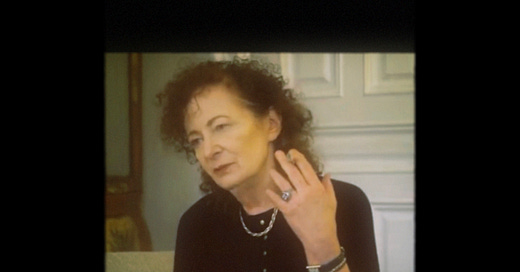Letter 6: Nan Goldin Wants Us to Get Off Our Phones
Yearnings for an Analog Life: What 5 Photographers Can Teach Us About Bringing Slowness and Presence Into Our Digitally Sharpened Lives
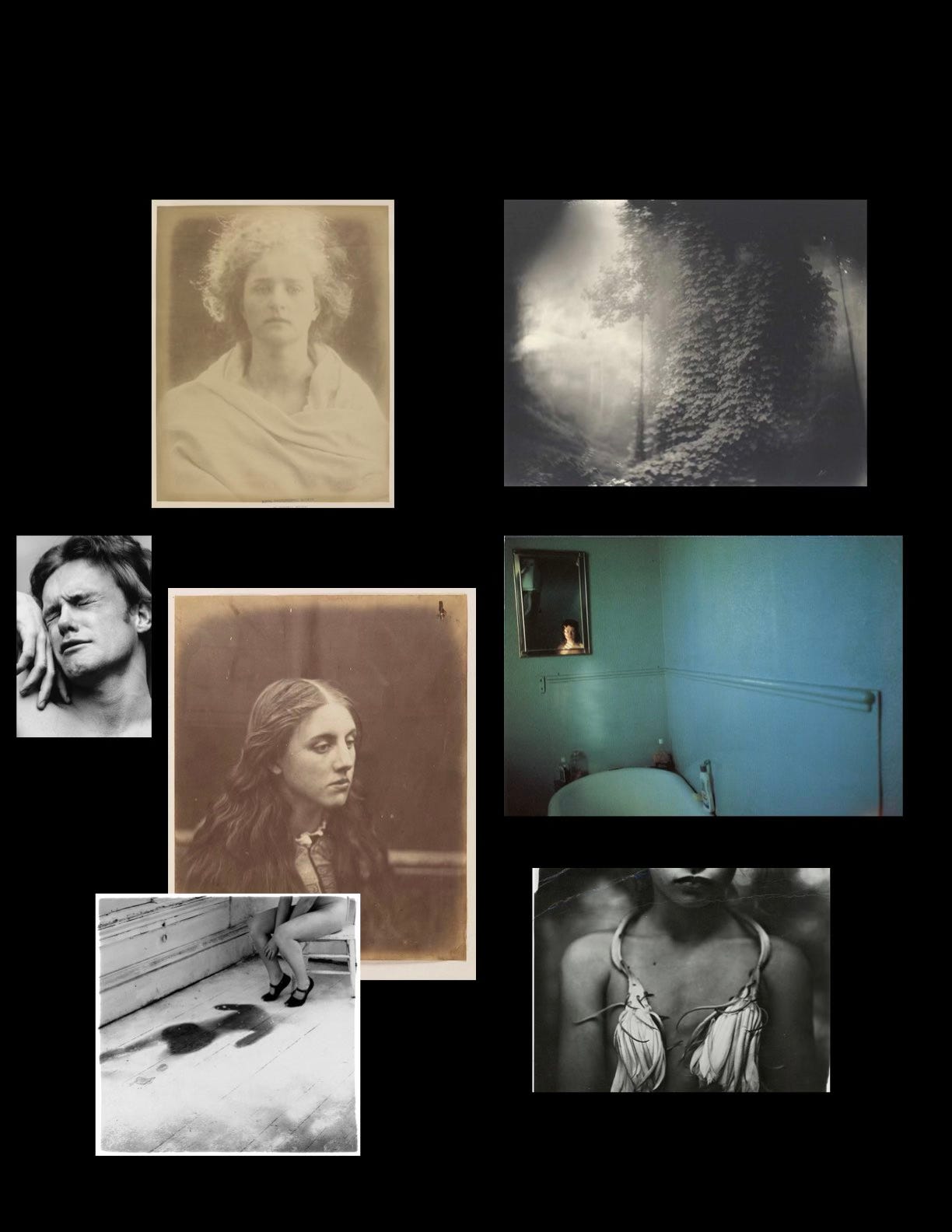
Yearnings for an Analog Life
Over the last decades, our lives have become encapsulated by the digital world. Sometimes it feels like the digital is just as real — if not more real — than the physical. Everything is digitised. We use more and more screens in our daily life.
In response to give advice to young people, Nan Goldin said the following:
My advice to young people is to put down their phones.
That’s my advice. Don’t think it’s okay to live in your phone.
You have a lot more to say than Instagram.
And a lot to experience in the real world.
And the most important thing is, standing in front of another person and feeling empathy for them. And that can’t be done on the phone.
— Nan Goldin
By growing up inside digital media, many of us have unlearned how to live without it. We want to. We try. But it’s hard — especially when so many of the apps we rely on are designed to keep us scrolling. The digital has a real hold over us. It brings convenience, connection, efficiency — but it also speeds everything up. It sharpens it. Our screens now have more pixels than the eye can see. And with that, the platforms we use every day have become more perfectionist, more sleek, more frictionless — engineered to smooth away the process, the mess, the hesitation.
So in this letter, as an antidote to the fast, sleek and digital, I want to turn to five artists and take refuge in their world of analogue photography: Sally Mann, Peter Hujar, Francesca Woodman, Julia Margaret Cameron, and Nan Goldin. From each of them, we will take one small thread from their practice as a way to stitch just one analogue moment back into your day.
Check out the free EARTH POET LIBRARY #1 Book & Film Club to this essay, YEARNINGS FOR AN ANALOG LIFE, with book, film, article and documentary suggestions:
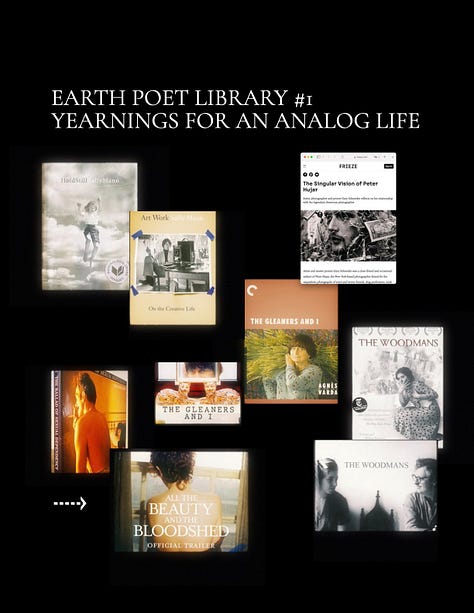
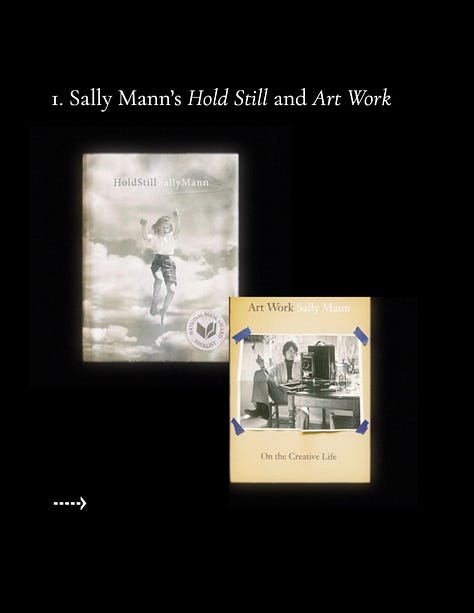
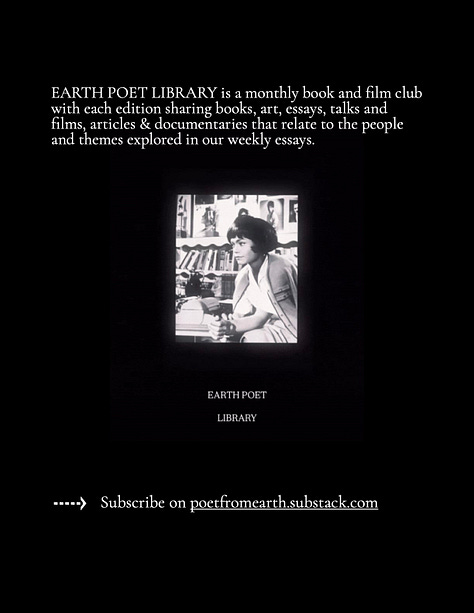
Continue reading for
Sally Mann on Practicing Real Focus
Peter Hujar on Resisting the Rush & Slowing Down
Francesca Woodman on Inhabiting the Body Without Performance
Julia Margaret Cameron on Embracing Blur and Emotional Texture
Nan Goldin on Telling the Truth, Even When It’s Messy
Sally Mann — Practice Real Focus
Her pictures deal with some of the most basic and profound themes in life: love, the bonds of family, death, memory, the inevitable way that natures holds such a power over our lives — all bound together by the American South. In her work, she embraces blurriness, decay and imperfection — welcoming accidents as part of the process.
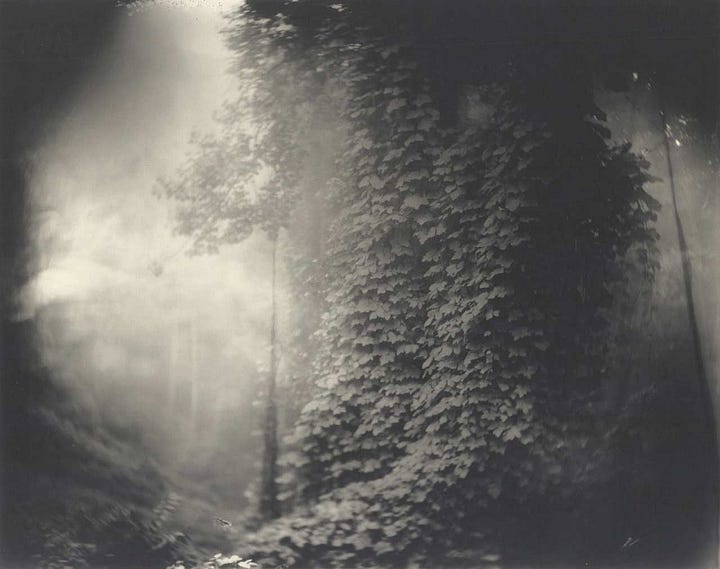
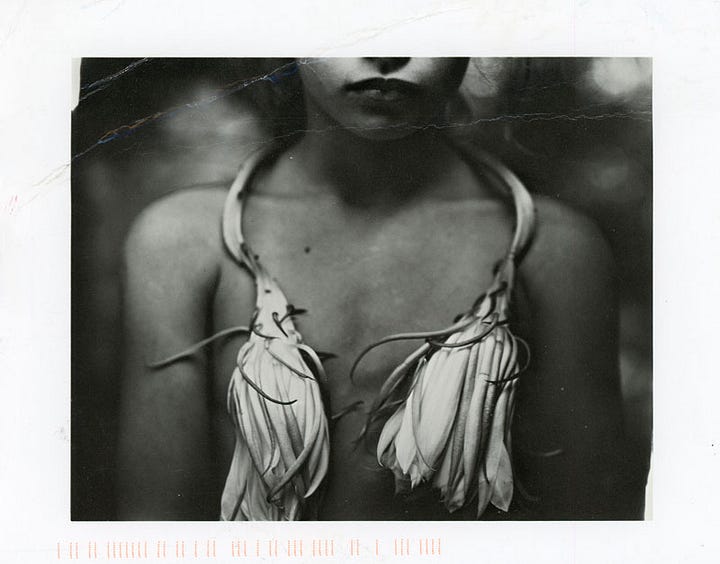
She works with old, cumbersome large-format cameras and wet collodion plates, a slow and demanding process. Sometimes, it takes her days, even weeks, to get a single image exactly the way she wants it. But even then, perfection isn’t the goal. In fact, Mann often wants her plates to be faulty. She welcomes accidents: light leaks, cracks, scratches, chemical flaws. These unplannable marks, she believes, can birth the most beautiful images. The fault lines become part of the photograph’s truth.
What we can learn from Sally Mann’s practice
Sally Mann shows us what it means to truly focus, not just through a camera lens, but through the act of giving undivided attention to the image being pursued. She teaches the discipline of staying with something: trying, failing, returning. Her commitment is quiet yet relentless, marked by a willingness to revisit the same place, subject and process until something shifts.


